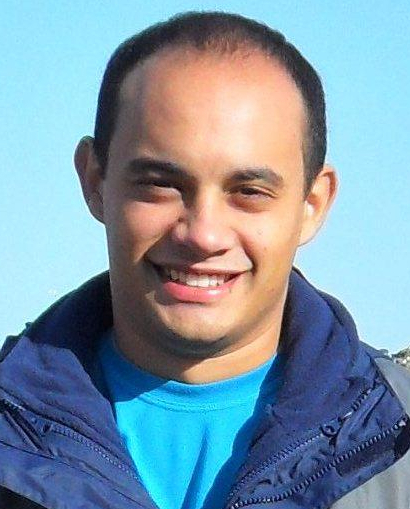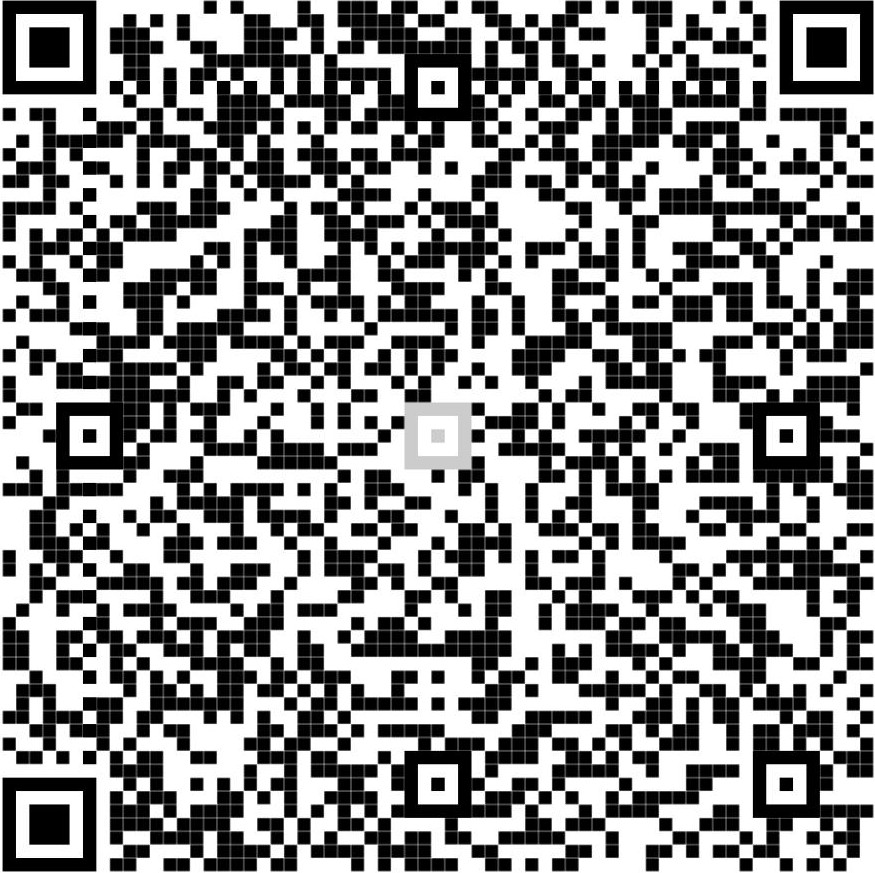- Robotics and Computer Vision solution to construction site (2018-nowadays)
Multiview system for monitoring construction and manufacturing processes in industrialsites using computer vision, robotics, communication protocol , and machine learning solutions. The system aims to providean inspection tool transparent to the operator in terms of mechanical control and robotics,at the same time of creating a safe interaction with the site workers.
Funding: Petrobras (Brazil).
Local: DCC - UFMG (Brazil).
- Fast-Forward Video Based on Semantic Extraction (2016-nowadays)
In this project, we deal with a central challenge that is to make egocentric videos watchable. These videos are generally long-running streams with unedited content, which make them boring and visually unpalatable. Just fast-foward it is not enough, because the natural motion of the recorder’s body in a fast-forward mode becomes nauseate. In this project we propose a novel methodology to compose the new fast-forward video by selecting frames based in semantic information extracted from images.
Team: Michel Melo da Silva and Washington Luis de Souza Ramos (Ph.D. Students), Vinicius Furlan and Alan Neves (M.Sc. Studentes), Erickson Rangel do Nascimento and Mario Fernando Montenegro Campos (Advisors).
Funding: CAPES and CNPq (Brazil).
Local: DCC - UFMG (Brazil).
- Content Based Image Retrieval using saliency maps (2014 - 2015)
The main goal of this project is relate the saliency map of images with the keypoint extraction process, to improve the results of the Bag of Visual Words technique in the Content Based Image Retrieval. With the amount of online available data more the task of find a similar image is a problem. One of the best solutions when the subject is big datasets is the use of the Bag of Visual Words technique. We try improve it using the Saliency maps, that is an informative and widely used method to extract information about an image. This is based on the human visual behavior, locating and giving more weight to points that are more likely of have the human attention.
Team: Michel Melo da Silva (Ph.D. Student), Mario Fernando Montenegro Campos and Erickson Rangel do Nascimento (Advisors).
Funding: CAPES (Brazil).
Local: DCC - UFMG (Brazil).
- Novel approach to segment the brain into cerebrospinal fluid, white matter and gray matter using diffusion tensor images (2013 - 2014)
This project aims to find a novel approach to segment cerebrospinal fluid, white matter and gray matter of the diffusion tensor images of the human brain, captured by MRI. Many diseases, such as Alzheimer’s disease, loss of long term memory, dyslexia, and other, being related to the volume or change of white matter volume and / or gray. The segmentation methods do not make a direct segmentation based on all the features that DTI can offer. The alternative to this new approach was the use of Artificial Neural Networks to make a voxel the voxel classification from features extracted from DTI.
Team: Michel Melo da Silva (M.Sc Student), Clarissa Lin Yasuda (Collaborator), Andre Vital Saude (Advisor).
Funding: CNPq (Brazil).
Local: DCC - UFLA (Brazil).
- Method for soil moisture measurement using the Laser Speckle technique (2012 - 2012)
Sandwich project at the James Hutton Institute (JHI) at Dundee city, Scotland UK. Was developed a method for soil moisture measurement and the behavior of the root formation in seeds using the Laser Speckle technique.
Team: Michel Melo da Silva, Lionel Dupuy, Pietro Iannetta and Glyn Bengough (Advisors).
Funding: FAPEMIG (Brazil).
Local: James Hutton Institute - Dundee (Scotland).
- Development of an interactive computing environment for assistance in the performing of the BioSpeckle Laser (BSL) experiments (2011 - 2012)
This project aims to develop a complete computer application that involves technical assistance mainly to help the user to assembly the capturing setup in the BioSpeckle experiments.
Team: Michel Melo da Silva, Jose Roberto de Almeida Nozela, Robson Pierangeli Godinho, Roberto Alves Braga Junior (advisor).
Funding: FAPEMIG (Brazil).
Local: CEDIA - UFLA (Brazil).
- Development of methodology for analysis of the BioSpeckle Laser techinque (BSL) with portability, accessibility and robustness applied to optical mouse (2010 - 2011)
This project studied the viability of use an optical mouse as a tool for acquiring the speckle pattern, with an acceptable noise ratio, in order to apply this technique outside of the laser laboratory.
Team: Michel Melo da Silva, Jose Roberto de Almeida Nozela (Undergraduated Students), Marcio Jose Chaves (M.Sc. Student), Roberto Alves Braga Junior (Advisor).
Funding: FAPEMIG (Brazil).
Local: CEDIA - UFLA (Brazil).

